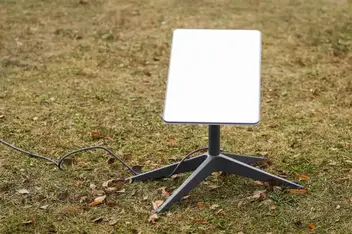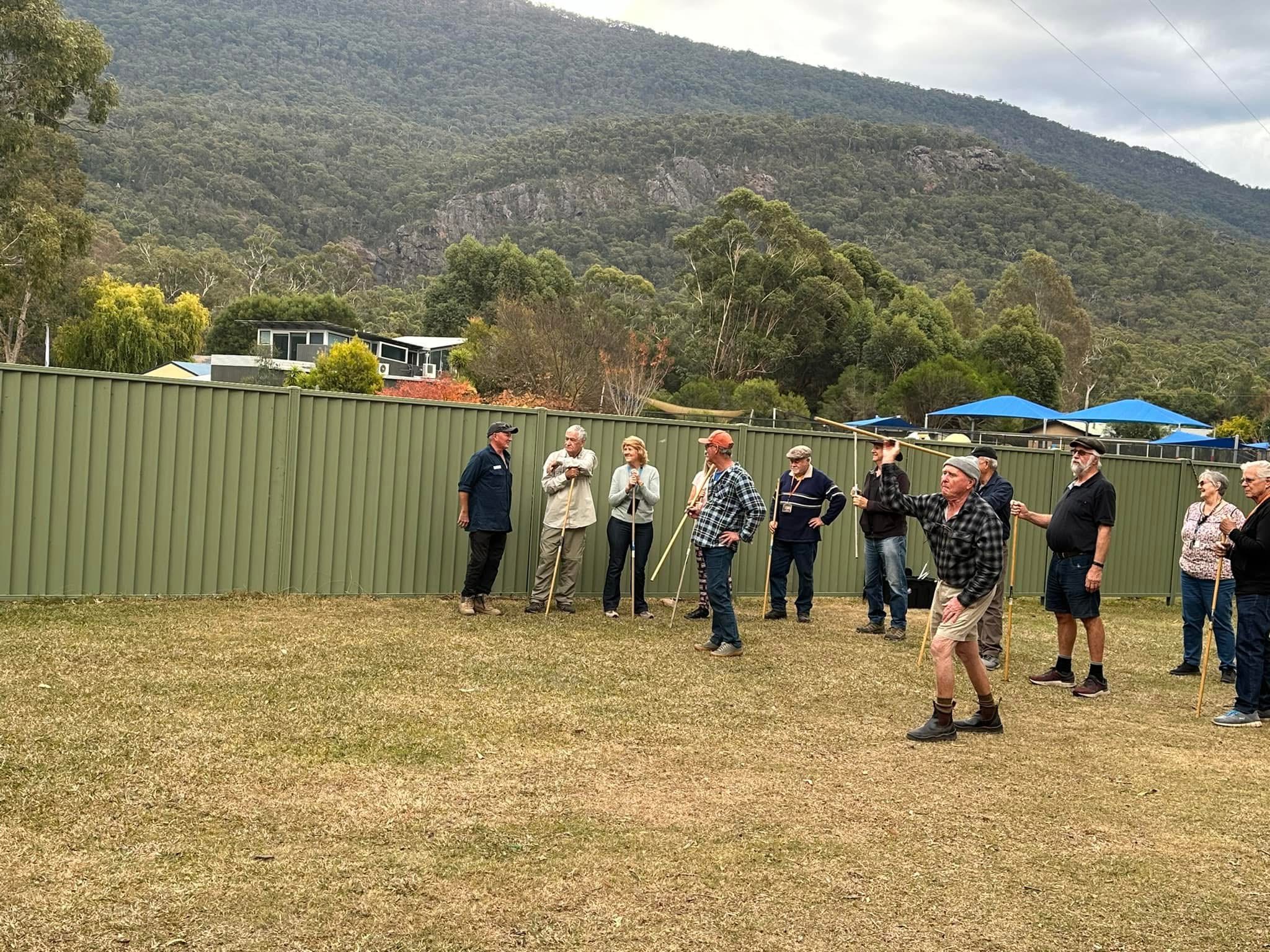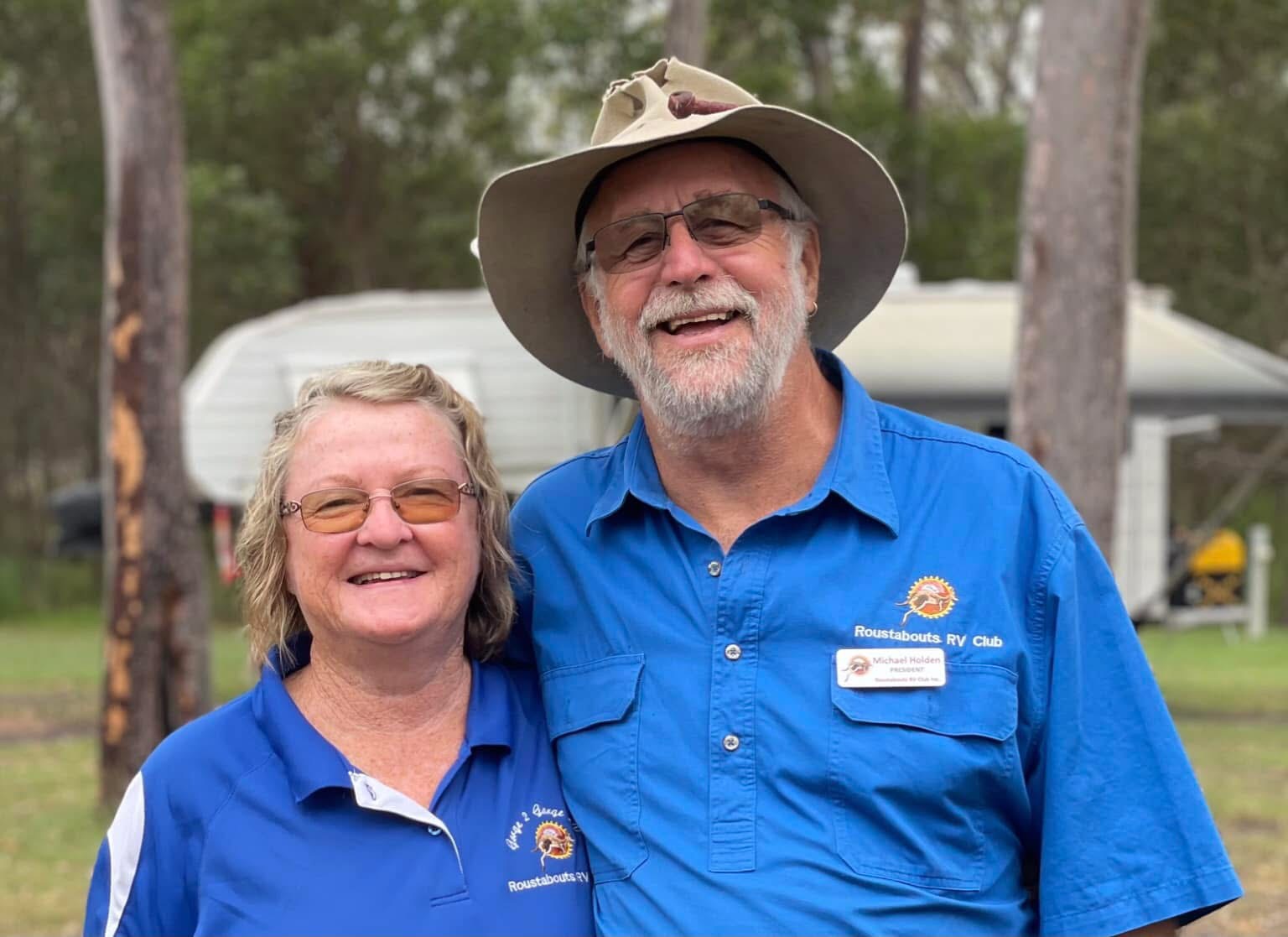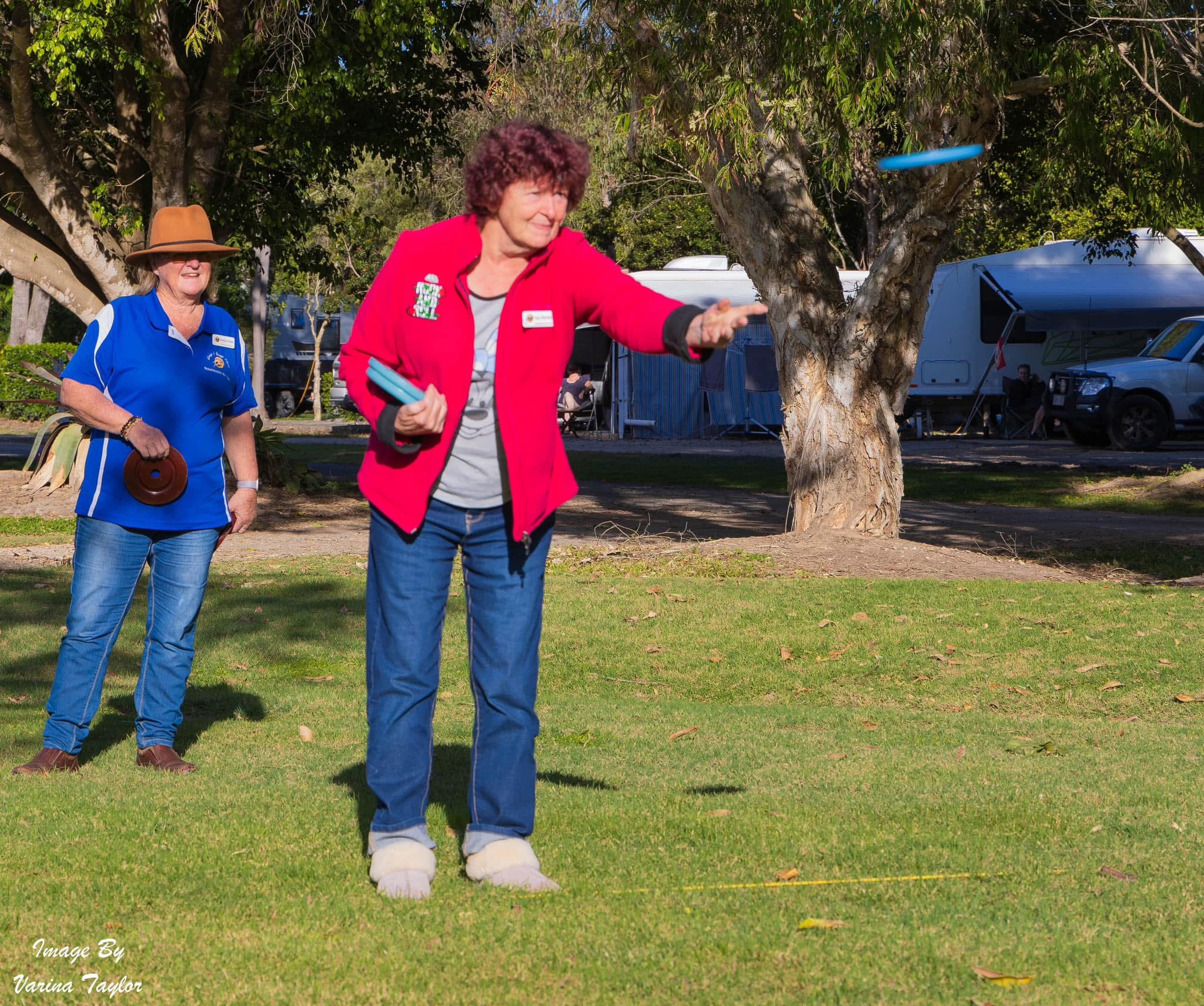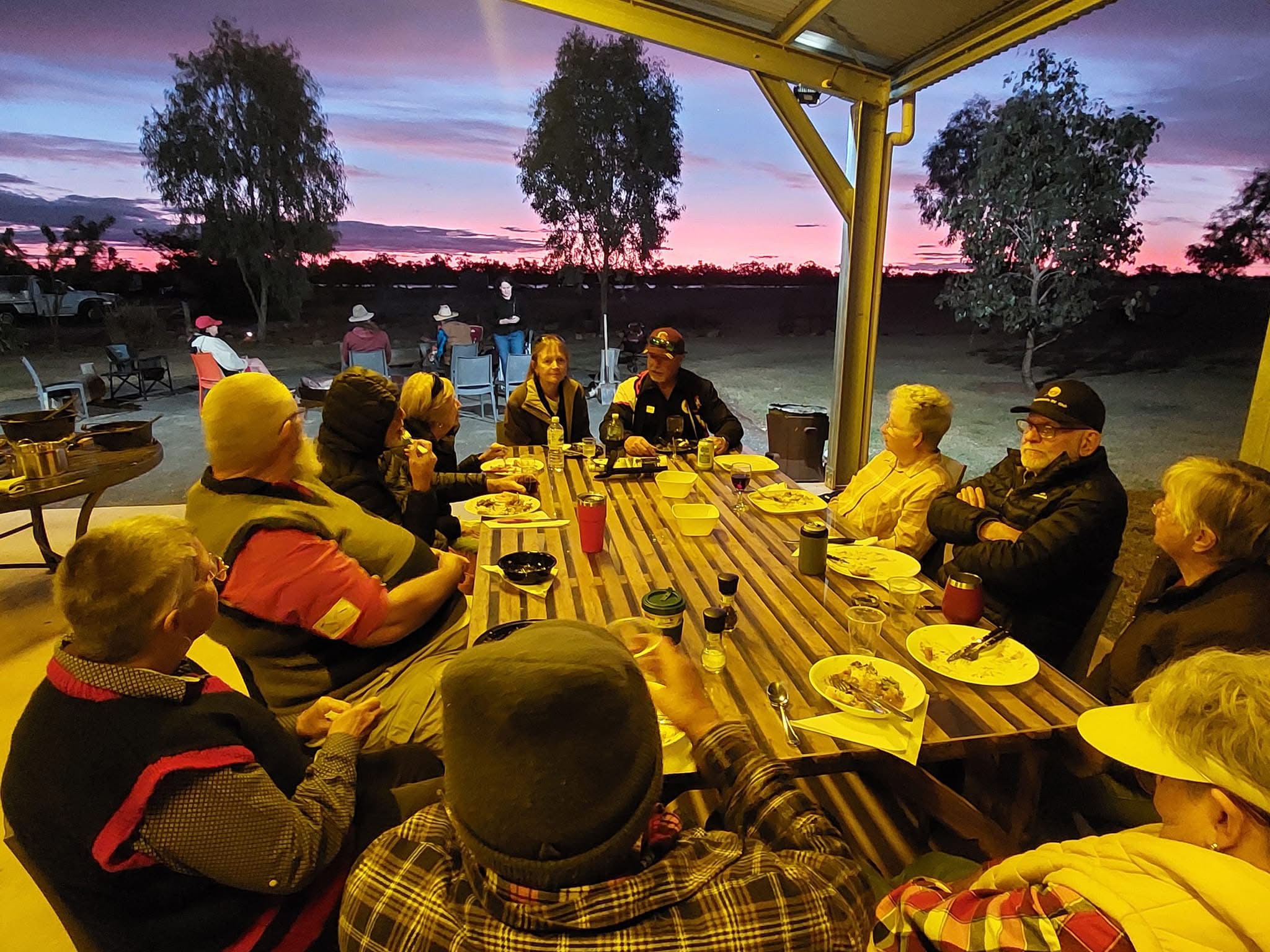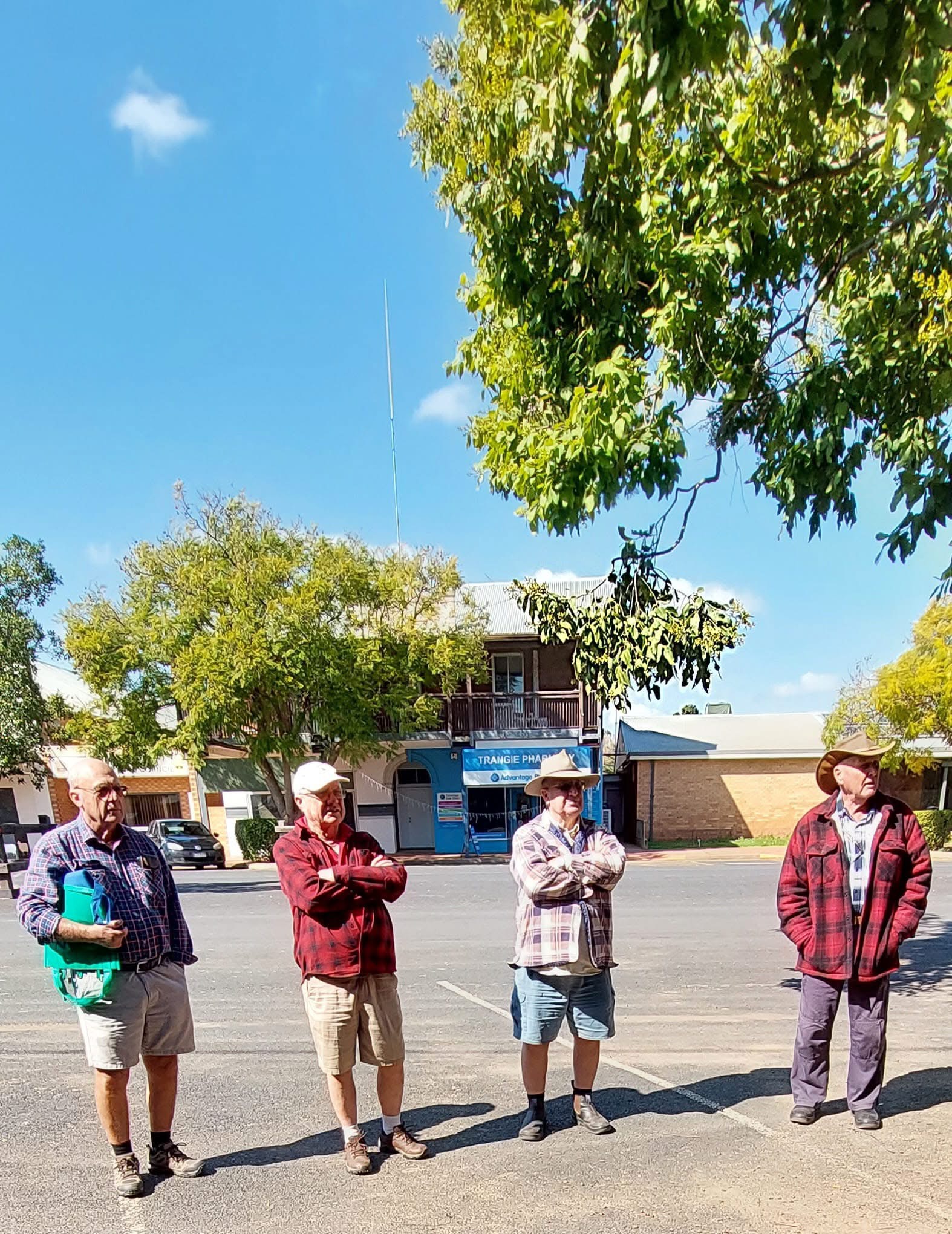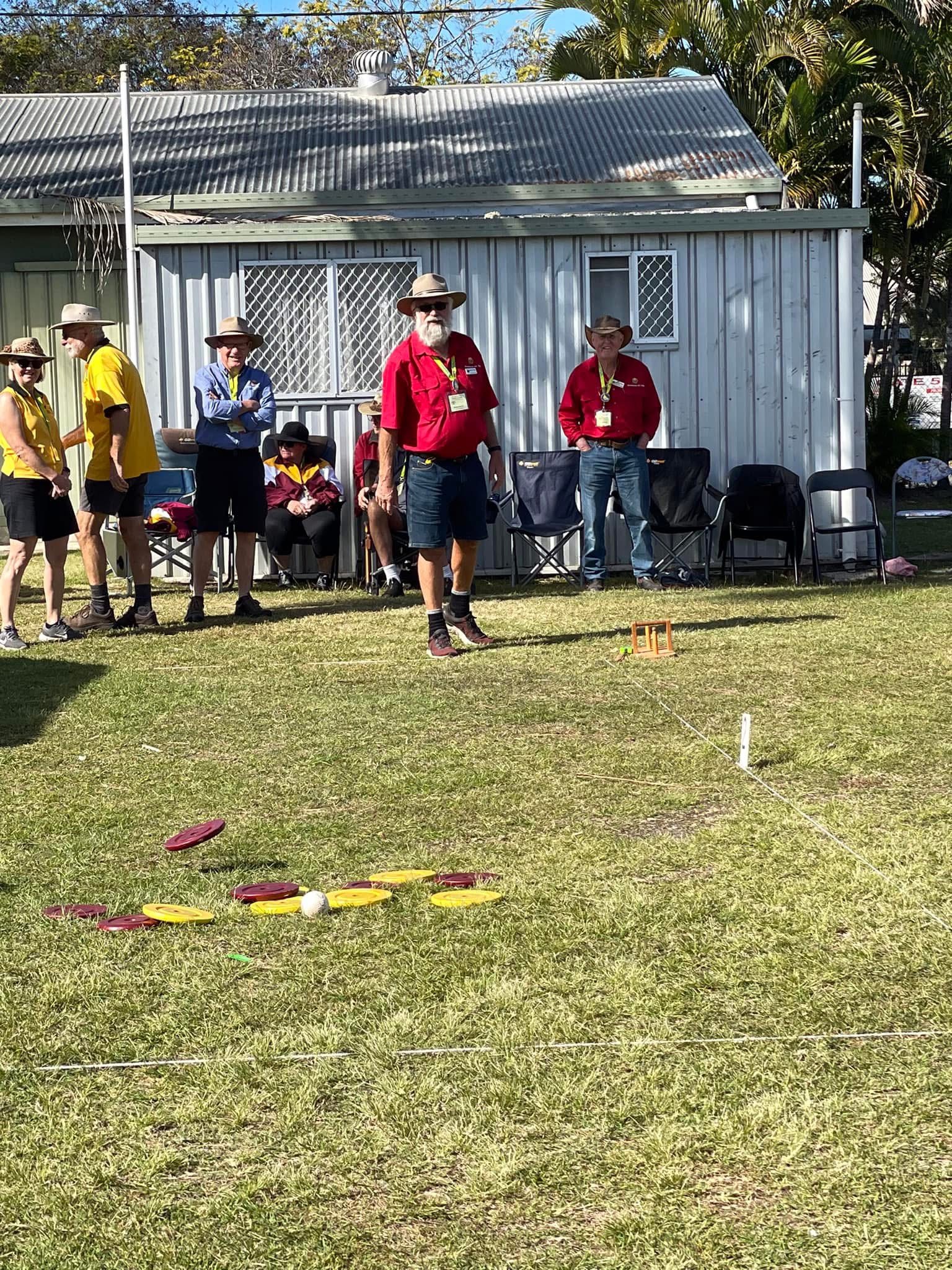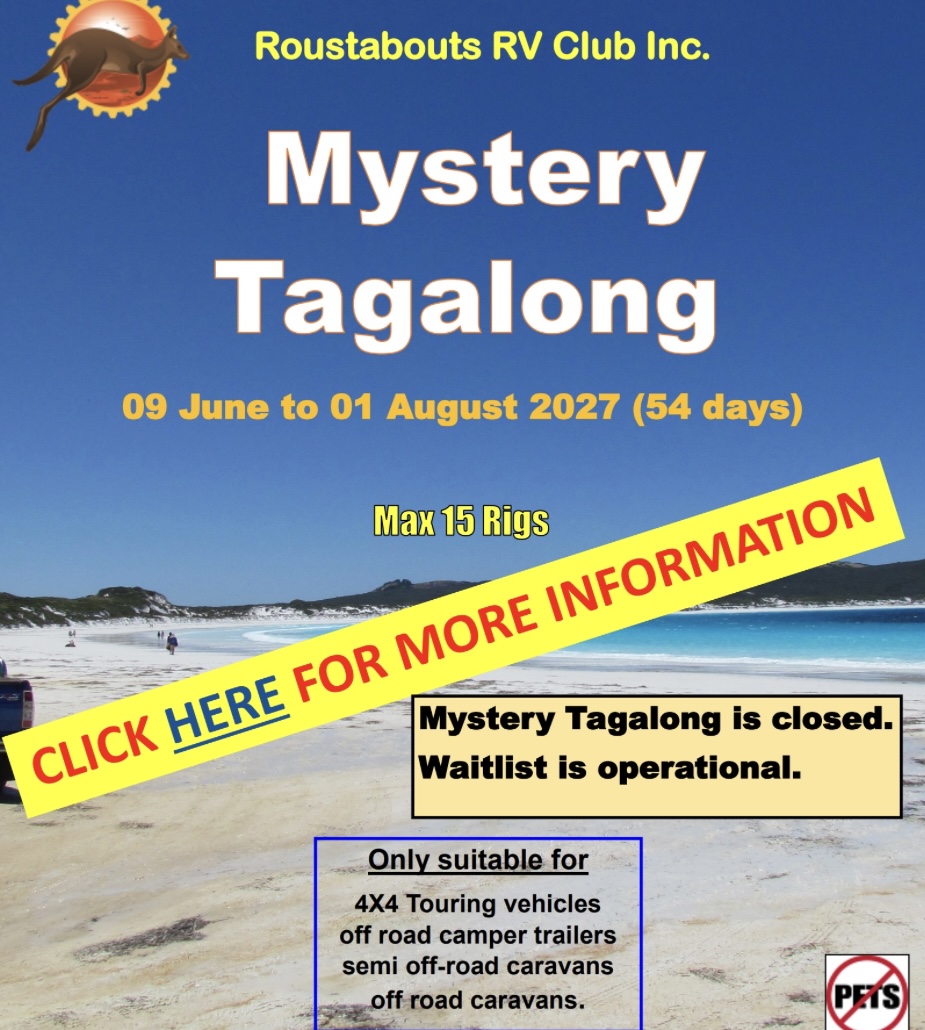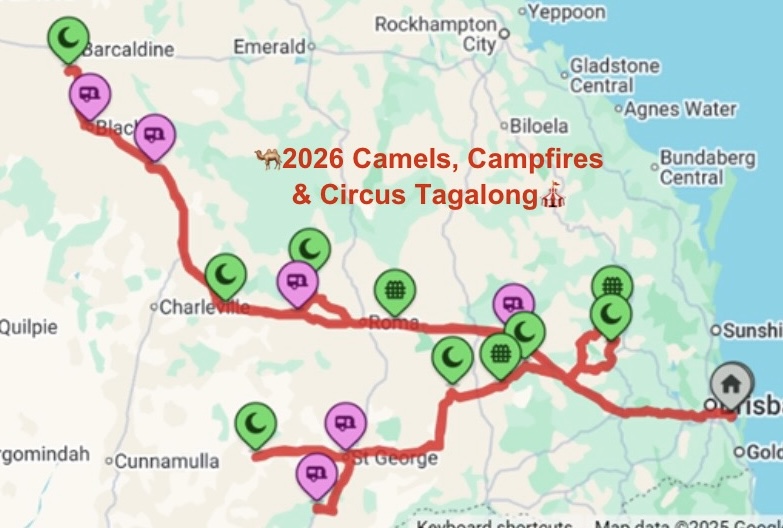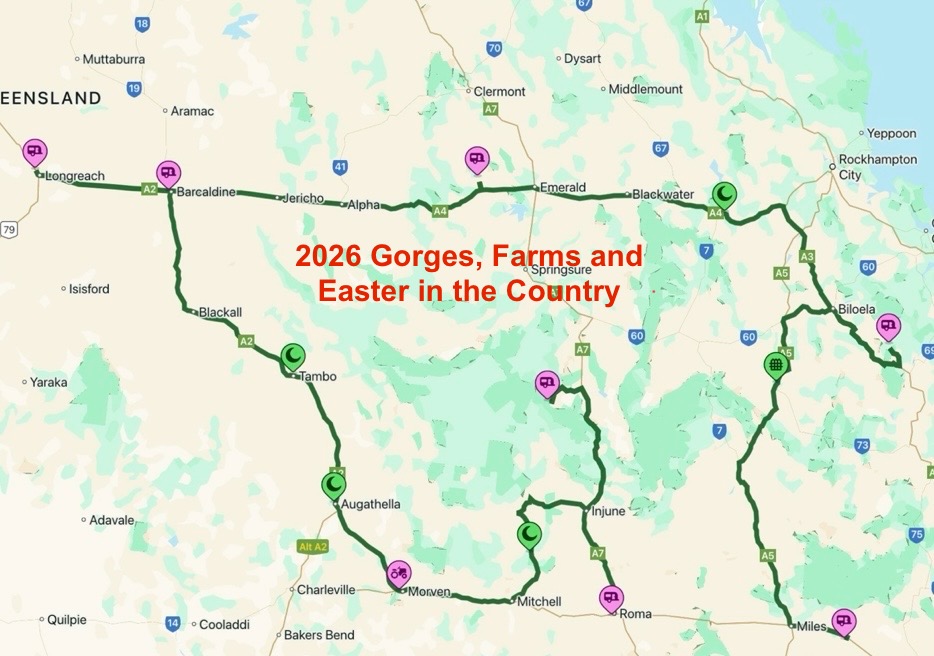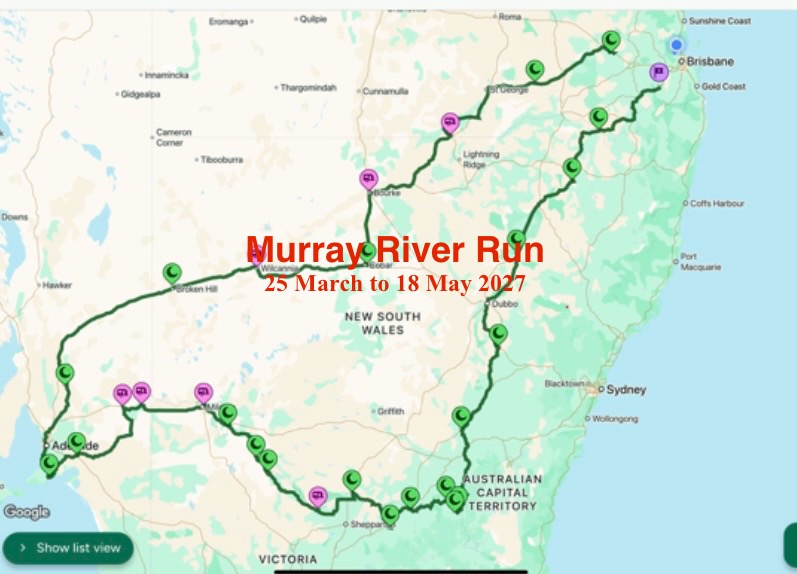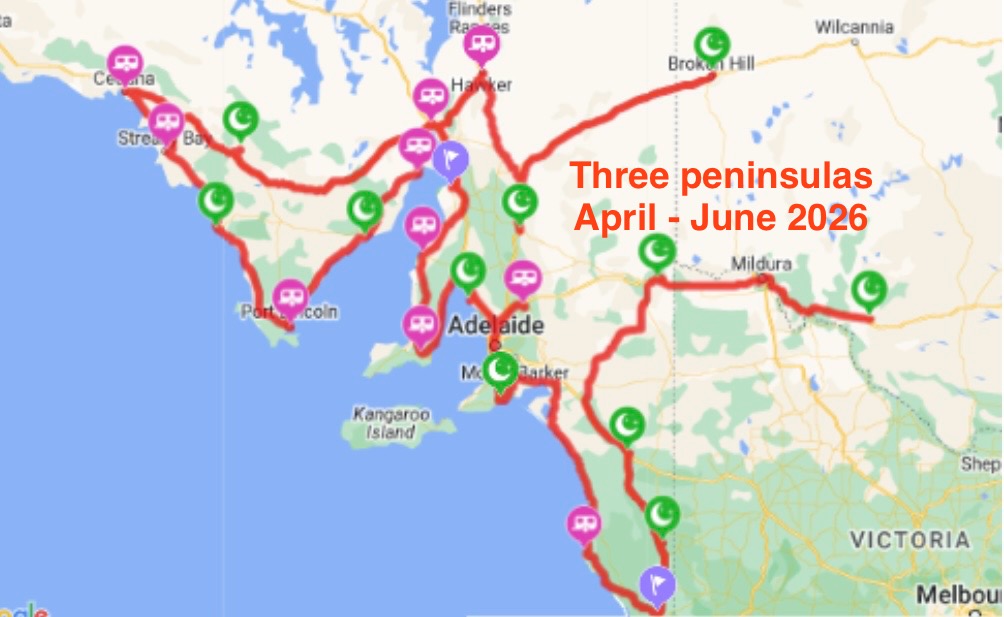Starlink
Starlink is a satellite internet constellation project developed by SpaceX, the aerospace company founded by Elon Musk. Launched with the goal of providing global broadband internet coverage, Starlink aims to deliver high-speed, low-latency internet access to underserved and remote areas. The project involves deploying a large network of small satellites in low Earth orbit, forming a constellation that communicates with user terminals on the ground. Users connect to the internet via a phased-array antenna provided by Starlink. This technology has the potential to revolutionize internet accessibility in areas with limited infrastructure, enabling faster and more reliable internet service across the globe. As of my last knowledge update in January 2022, Starlink was already operational in some regions during its beta phase, and further expansion was anticipated.
Caravaners in Australia could benefit significantly from Starlink due to its ability to provide reliable and high-speed internet access in remote and off-the-grid locations. Australia's vast and often sparsely populated landscapes pose challenges for traditional internet infrastructure, leaving many caravaners with limited connectivity during their travels. Starlink's satellite constellation, with its global coverage, allows caravaners to enjoy consistent internet access even in remote areas where traditional options may be unreliable or unavailable. This connectivity can enhance the overall experience for caravaners by facilitating communication, navigation, and access to online resources, making it a valuable solution for those exploring Australia's diverse and expansive terrains.
Pros of Starlink in Australia:
1. Remote Connectivity: Starlink can provide reliable internet access in remote and underserved areas of Australia, addressing connectivity challenges faced by residents and travelers.
2. High-Speed Internet: Caravaners and residents alike can benefit from Starlink's high-speed internet, offering a more efficient online experience compared to some traditional options in remote regions.
3. Global Coverage: Starlink's satellite constellation offers global coverage, making it suitable for users in various parts of Australia, even in areas with limited existing infrastructure.
4. Reduced Reliance on Ground Infrastructure: As a satellite-based service, Starlink reduces the dependence on ground-based infrastructure, making it a viable option for areas where traditional internet infrastructure is challenging to implement.
Cons of Starlink in Australia:
1. Cost: The initial cost of Starlink hardware and subscription may be relatively high for some users, potentially limiting accessibility, especially for those on a tight budget.
2. Service Interruptions: Adverse weather conditions, such as heavy rain or storms, can impact the performance of satellite internet services like Starlink, leading to potential service interruptions.
3. Limited Upstream Capacity: While Starlink provides impressive download speeds, its upstream capacity may be comparatively limited, affecting tasks that require significant data upload.
4. Regulatory Challenges: Regulatory hurdles and compliance issues may arise as Starlink expands its operations globally, and compliance with local regulations could impact its availability and functionality in certain areas. As technology and services evolve, these pros and cons may change, and it's essential for users to consider their specific needs and circumstances when evaluating the suitability of Starlink in Australia.

